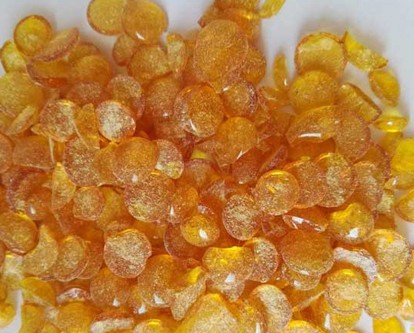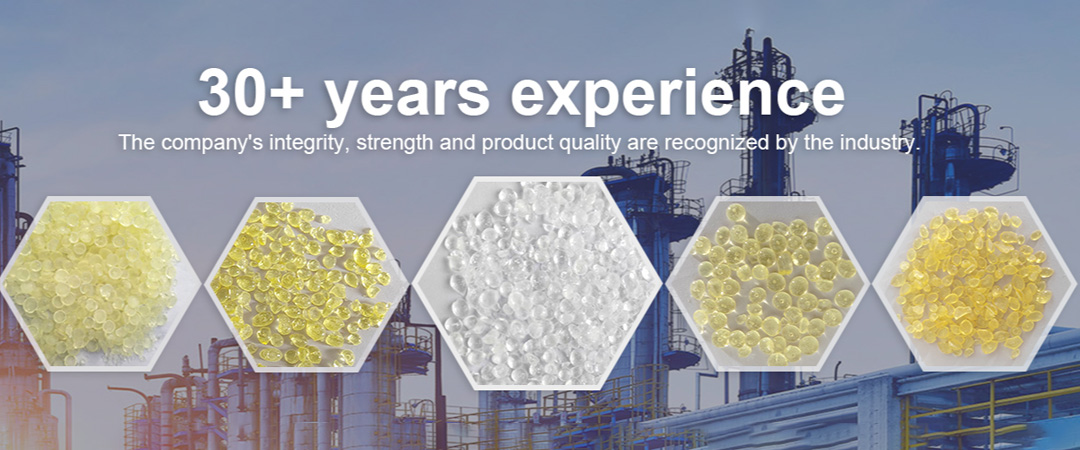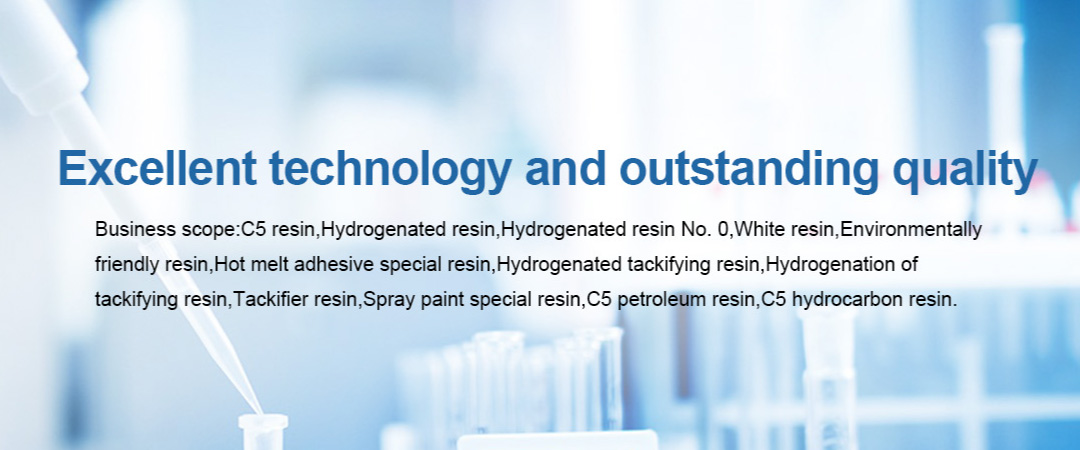Organic silicon compounds in C9 petroleum resin
In the recent field of materials science,C9 petroleum resin, as a high-performance and multifunctional chemical raw material, has once again become the focus of attention in the industry. Recently, a series of new developments have been made in the production process, product performance, and application fields ofC9 petroleum resin, injecting new vitality into this traditional material.
Of course, if it is necessary to modify or add special functional components toC9 petroleum resin under specific production processes or application requirements, it is theoretically possible to introduce organosilicon compounds. But such additions are usually purposeful, aimed at endowing the resin with certain specific properties, such as improving temperature resistance, weather resistance, or enhancing compatibility with other materials.
In summary, theC9 petroleum resin itself does not contain organosilicon compounds, but in certain situations, organosilicon compounds may be introduced through modification or addition to meet specific application requirements. Therefore, when determining whether theC9 petroleum resin contains organosilicon compounds, specific consideration needs to be given to its production process and application background.
Regarding the question of whetherC9 petroleum resin contains organic silicon compounds, it is first necessary to clarify thatC9 petroleum resin is mainly composed of hydrocarbons, and its molecular structure mainly contains carbon (C) and hydrogen (H) elements, as well as a small amount of other elements such as oxygen (O), which are used to provide specific physical and chemical properties of the resin.

Of course, if it is necessary to modify or add special functional components toC9 petroleum resin under specific production processes or application requirements, it is theoretically possible to introduce organosilicon compounds. But such additions are usually purposeful, aimed at endowing the resin with certain specific properties, such as improving temperature resistance, weather resistance, or enhancing compatibility with other materials.
In summary, theC9 petroleum resin itself does not contain organosilicon compounds, but in certain situations, organosilicon compounds may be introduced through modification or addition to meet specific application requirements. Therefore, when determining whether theC9 petroleum resin contains organosilicon compounds, specific consideration needs to be given to its production process and application background.
























































































